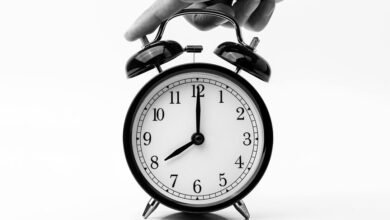2044804038 Caller Wait Time Vs Satisfaction Report

The “2044804038 Caller Wait Time Vs Satisfaction Report” presents a systematic examination of the relationship between caller wait times and customer satisfaction. It reveals a consistent trend: longer wait times correlate with lower satisfaction levels. This raises critical questions about service efficiency and customer experience. Understanding these dynamics is vital for organizations aiming to enhance their operations. The following analysis will explore data trends and propose strategies to address this pressing issue.
Understanding Caller Wait Times
How do caller wait times influence customer experience?
Caller behavior is significantly shaped by wait time psychology, leading to varied emotional responses. Longer wait times can induce frustration, while shorter durations may foster patience.
Understanding these dynamics is crucial for businesses aiming to optimize service efficiency. By analyzing caller behavior, organizations can better manage expectations and enhance overall interactions without compromising customer autonomy.
The Impact of Wait Times on Customer Satisfaction
While customer satisfaction is influenced by various factors, wait times play a pivotal role in shaping the overall experience.
Research indicates that wait time perceptions significantly affect satisfaction metrics. Longer waits often lead to negative perceptions, diminishing customer contentment.
Conversely, shorter wait times can enhance the overall experience, suggesting that managing wait times is crucial for achieving optimal customer satisfaction in service environments.
Analyzing Data Trends in Caller Experiences
Building on the understanding that wait times significantly impact customer satisfaction, an analysis of data trends in caller experiences reveals important insights into customer behavior and preferences.
By examining caller demographics alongside feedback analysis, patterns emerge that indicate specific age groups and backgrounds experience varied satisfaction levels.
This data-driven approach highlights crucial areas for improvement, fostering a more responsive customer service environment.
Strategies for Reducing Wait Times and Enhancing Satisfaction
Implementing effective strategies to reduce wait times is essential for enhancing customer satisfaction in service industries.
Optimizing call routing can ensure that customers are directed to the most appropriate representatives swiftly. Additionally, comprehensive staff training equips employees with the skills needed to address inquiries efficiently.
These approaches not only minimize delays but also foster a more positive customer experience, ultimately promoting loyalty and retention.
Conclusion
In the intricate tapestry of customer service, caller wait times serve as threads that weave together satisfaction and loyalty. The analysis underscores a poignant truth: as wait times stretch like shadows at dusk, satisfaction wanes, casting a pall over the customer experience. By implementing strategic measures to trim these wait times, organizations can illuminate the path to enhanced service delivery, fostering a vibrant environment where customer satisfaction flourishes, ensuring a lasting bond between businesses and their clientele.




